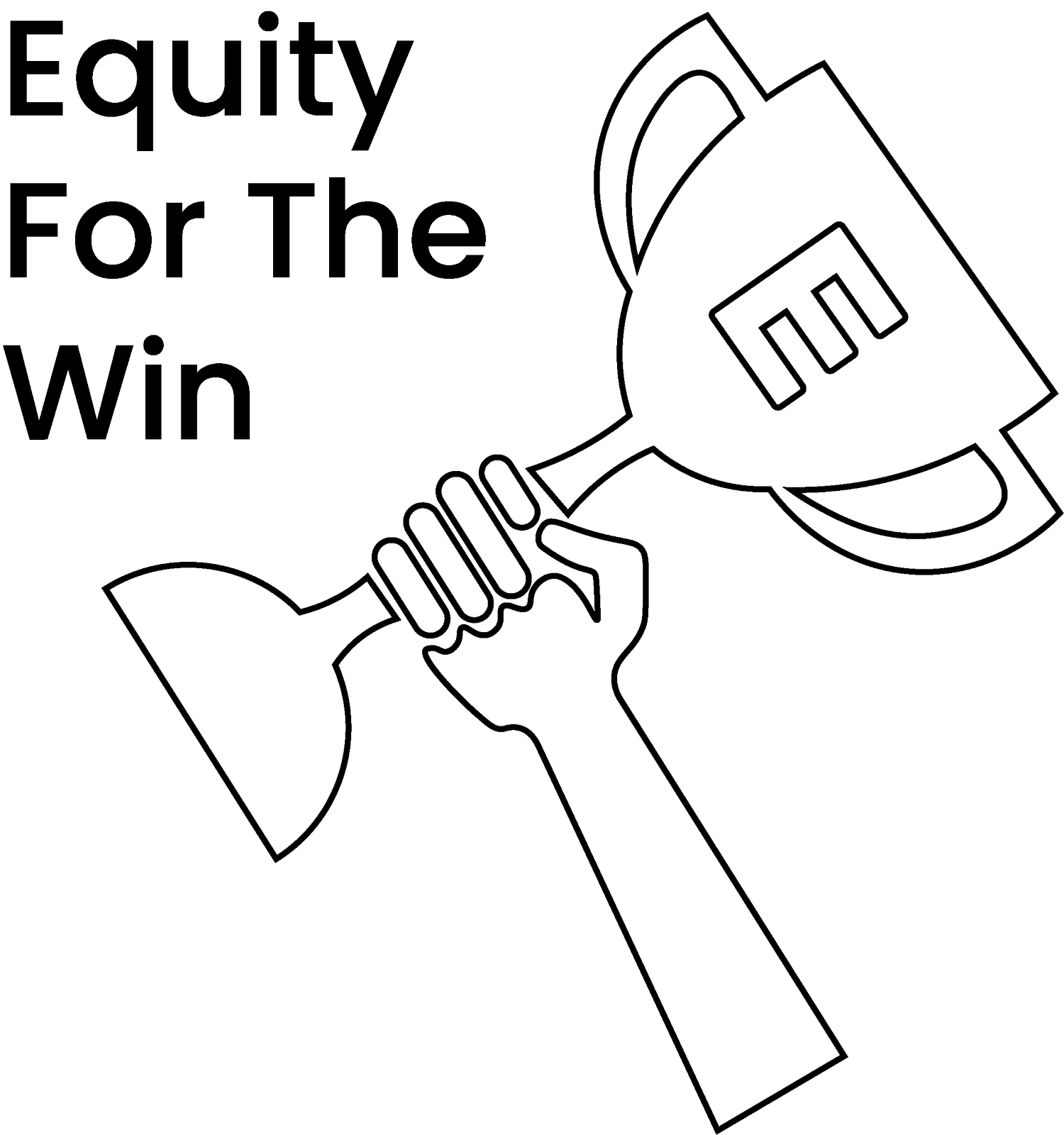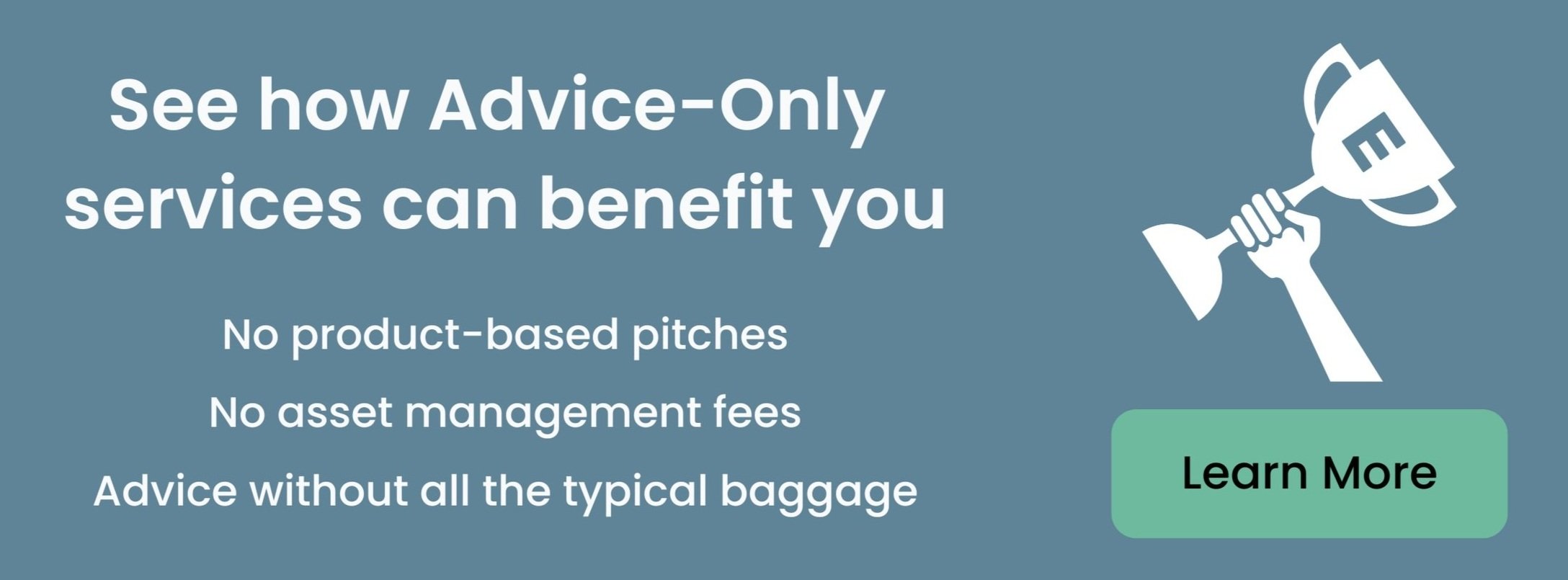Simple Breakdown of California QSBS Rules
If you’re a founder or an early employee with equity in a new start-up, understanding the beginner basics of Qualified Small Business Stock (QSBS) in California could end up saving you millions of dollars in taxes.
The hardest part about QSBS is figuring out what’s relevant and what’s not relevant and this is complicated further by the fact that while QSBS is available at the Federal level, how it’s applied state by state varies significantly.
The purpose of this article is to breakdown (1) what QSBS is, (2) the main QSBS rules, (3) the QSBS rules specific to California (or lack thereof), (3) the benefits of QSBS, and (4) some simple examples of what qualifies as QSBS.
If you’d like our input on your individual California QSBS situation, we’d be happy to discuss your specific situation with you. We’re Silicon Valley locals and have been dealing with QSBS for years.
Table of Contents ▼
What is Qualified Small Business Stock (QSBS)?
QSBS falls under Section 1202 of the tax code and it was put in place to spur investment in small businesses.
You might be wondering, “How can a tax code like this incentivize investment in small businesses?”
Well, investors/equity holders of QSBS-eligible equity can exclude up to 10 million dollars of gains when they ultimately sell their shares - and sometimes even more!
This could potentially save you over $2 million in taxes if you play it right.
Of course, as with any benefit, there will be some rules to follow and we’ll discuss those next.
Overview of QSBS Rules
There are more rules than those described below, but here are the top four rules of QSBS:
QSBS Rule #1 - The company must be a domestic C-Corp
If you’re working at a start-up, odds are that the company is a C-Corp. Companies can later convert to a C-Corp, but unless that happens, LLCs, partnerships, and S-Corps will not qualify for QSBS.
QSBS Rule #2 - The business must actually be a small business
In order to qualify for QSBS, the business itself needs to meet certain size conditions. The company must have gross assets of $50 million or less at all times before and immediately after stock is issued.
If the company’s assets exceed $50 million after you’ve already received stock, you can still qualify, but equity granted after that point may not qualify.
QSBS Rule #3 - Be a qualifying business
The IRS lists businesses that are not eligible for QSBS treatment. Types of businesses that don’t qualify are professional service businesses, bank or insurance companies, farming businesses, natural resource (like oil and gas) businesses, or hotel/motel businesses.
If you’re at a typical SAAS or other tech company, you’re usually okay.
QSBS Rule #4 - Complete a five-year holding period requirement.
To take advantage of QSBS, you need to own and hold the stock for at least five years before you sell it.
This means that if you delay exercising options, you could miss out on QSBS eligibility since options only grant you the ability to own company equity. You won’t officially own shares until after you’ve exercised.
This is why early exercising NSOs can be so beneficial and why it should essentially be a requirement to file an 83(b) election if you’ve received a Restricted Stock Award.
Again, there are more rules than those described above, and there are even ways to help complete the five-year holding period requirement (1045 rollovers), but being familiar with these four already puts you ahead of most people working in tech.
California QSBS Rules
In spite of California’s reputation for business innovation and many startups, California does not allow for QSBS treatment when company equity is sold.
You can receive a benefit at the federal level, but at the California state level, you will owe taxes.
This isn’t great news, but it does provide some very interesting tax planning opportunities in regard to the issue of residency.
Typically California will try to take a piece of your equity if you move out of the state (similar to the treatment of RSUs when you move states).
However, when stock/equity is sold for long-term capital gains, its treatment is primarily based on the state in which you’re currently a resident, NOT where you’ve lived in the past.
This means that if you move to a state that has no income tax (or to a state that conforms to federal QSBS rules) before selling your QSBS-eligible stock/equity, there’s a very good chance that you’ll be able to avoid significant taxes.
There are some issues you’ll need to think through when it comes to residency planning, especially if you have QSBS-eligible shares from ISOs or NSOs).
Residency can be an important option to consider when planning an exit strategy with your QSBS-eligible shares/equity.
Benefits of QSBS for Founders and Employees
The biggest benefit to QSBS is the potential for massive tax savings. In the event that you find yourself with millions of dollars in QSBS-eligible gains, it’s important that you are fully up to speed about the strategies you can use to double, triple, and even quadruple your QSBS benefits.
Odds are good that if you’re selling QSBS-eligible shares, you’re also experiencing a liquidity event that could be life-changing. Managed properly, QSBS tax benefits can mean that more of that money will be yours to do the things you want to do in life rather than going to the government in taxes.
We have experience helping founders and early employees figure out how to best manage their equity and since we’re an advice-only firm, you can trust that we’re giving transparent advice.
Companies That Once Qualified for QSBS
Companies like Twitter, Uber, Airbnb, Square, Shopify, DoorDash, Pinterest, Palantir, and Zoom likely all qualified for QSBS at one point. In fact, if you were to compile a list of the most famous tech companies, you’d notice that most of them were at some point QSBS-eligible and that the founders and early equity owners of those companies likely received some amazing tax breaks once those companies went public.
Examples of How We’ve Helped Clients with QSBS Planning
This deserves an article of its own, but the main ways we’ve helped clients make plans for their QSBS holding are:
Evaluate whether shares qualify for QSBS treatment.
Use the 10X basis rules to qualify for more than $10M of tax-free gains.
Use family trusts and gift tax rules to multiply the $10M gain exclusion benefit
Used Section 1045 rollover rules to help founders and investors defer gains and fund a new QSBS with tax-free proceeds
Please feel free to reach out if you have specific questions or want to see if our services would be a good fit for you.
Conclusion on QSBS in California
If you’re lucky enough to win the equity lottery with the company you work for, there are strategies you can use to avoid/reduce taxes, even if California doesn’t follow the Federal Rules of QSBS.
Planning a few years ahead is the best way to ensure that you have strategies in place to meet the requirements and maximize the benefits of QSBS rules.
If you have questions on how to effectively manage your QSBS-eligible equity, we’re happy to chat with you.
We’re planning to publish more QSBS-related content in the near future and will be sure to link articles to that content here.
Thanks for reading, please reach out to team@equityftw.com if you have any questions.


